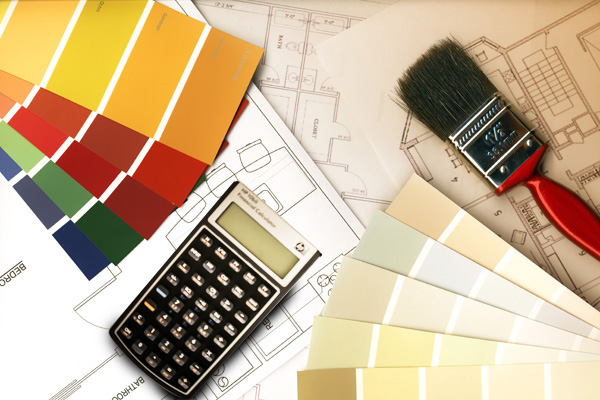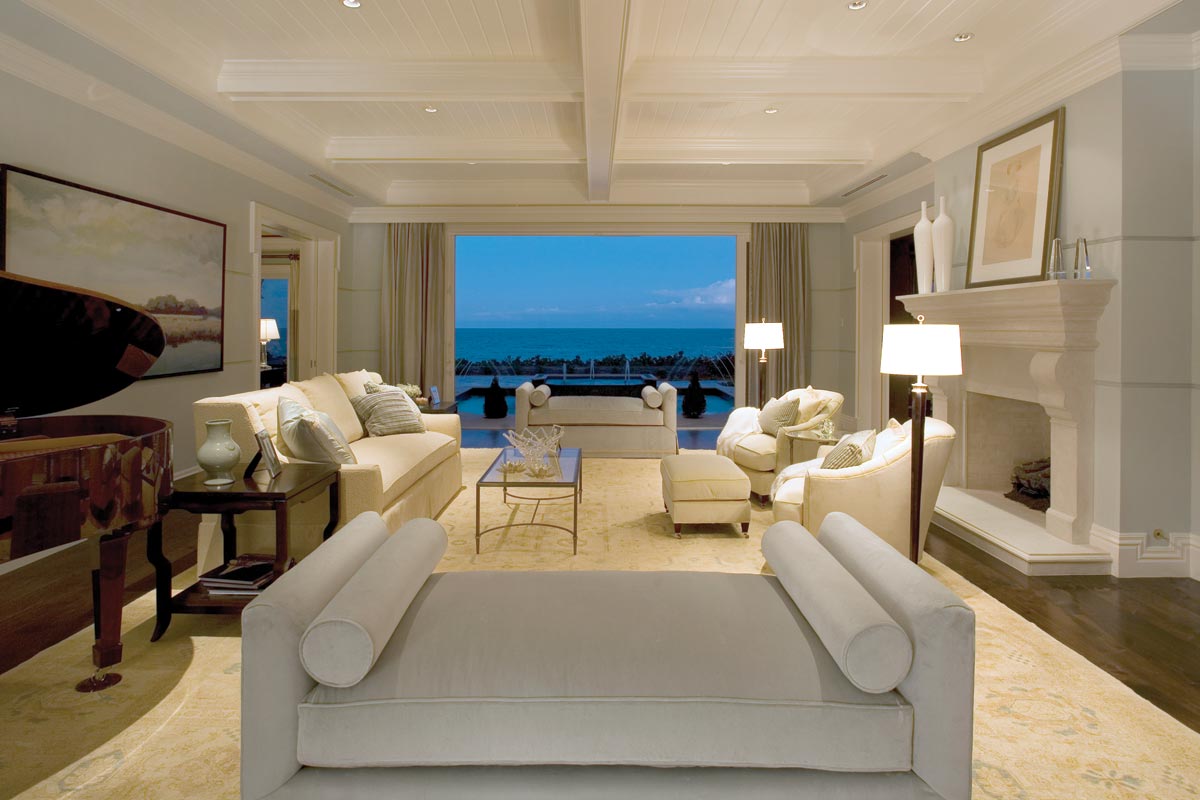The Vero Beach home improvement market continues to perform well as a result of rising prices and limited supply of homes for sale. Would-be purchasers who may not be able to find – or afford – their next dream house are thinking about adding a room to their existing homes. Sellers planning to sell their properties are also considering home improvements that may increase the asking price when the time comes to sell. If you fall into either of those categories or if you simply want to stay in your existing home and need more space, let’s look at room addition costs.
Vero Beach Home Improvement: What's the Cost?

The two components of adding a room to your home are materials and labor. Understanding their role and the impact each component has is crucial in keeping within a planned budget and timeframe.
Materials, of course, refers to all the construction materials and supplies necessary to complete the job. Lumber, plywood, sheetrock, paint, flooring, light fixtures and other materials need to be priced in order to have a projected cost, or at least a range.
Labor costs will entail the cost of paying for the work to be performed. There are several different options when it comes to labor costs. You can hire a general contractor to oversee the room addition or home improvement project. The contractor, in turn, will hire the subcontractors to perform the actual work. The subcontractors, or tradesmen, include frame carpenters, electricians, plumbers, sheetrock finishers, painters, flooring installers and others. You can also save a little money, perhaps, by assuming the role of the contractor yourself by hiring the various subcontractors and supervising the work performed. Lastly, if you have the time, talent, energy and desire you may undertake all or part of the room addition as a “do-it-yourself” (DIY) project. Whichever option you choose, it’s vital to establish a cost estimate, a budget and a completion date to make your Vero Beach home improvement project go smoothly.
Suggested Steps For Your Vero Beach Home Improvement Project
Decide how big the room addition will be. Calculate the square footage (by multiplying the dimensions of the rectangular walls.) For example, if you’re planning to add a room whose dimensions will be 12’ x 18’ the square footage is 216 square feet. If the room is going to be square, say, each wall is 15’ long, then the square footage will be 225 square feet (15’ multiplied by 15’). Experts say room additions involving additional wiring and plumbing can cost as much as 50% higher – ranging from $75-$150 per square foot more – than that same room would cost if it had been built with the rest of the house. In addition, don’t forget architectural costs if you choose to hire a professional architect. Architectural fees vary from hourly rates to as much as 15% of the cost of the room addition.
Plan on the fixtures you want for the room. If you’re planning the addition of a bathroom, you’ll need to calculate the cost of a sink, vanity, bathtub/shower, and light fixtures. The addition of a bedroom generally would not contain those items – other than perhaps a light fixture. So, for a bathroom, make sure you include the costs of the fixtures and hardware (faucets, shower heads, drawer and cabinet pulls and handles) as well as the additional plumbing and wiring needed.
Make decisions on the other pieces of the construction puzzle. As mentioned in the materials section above, decide what you want the finished product to look like and calculate the cost of those materials. Don’t forget things like insulation for additional energy efficiency or sound reduction. Decide as soon as you can whether you’ll carpet the floor or use hardwood flooring. The same goes for the walls – will they be painted or paneled? Also, if you like crown moulding or chair railings, especially if you’re trying to match the other rooms in the house, don’t forget to calculate that into your price estimate.
Interview a contractor if you require professional help for the room addition. Ask for references and to see homes or additions he has recently completed. Don’t be afraid to ask questions. Have a full understanding of the labor charges and ask for a written quote on materials. If the estimate on the materials if higher than you anticipated, look into the possibility of providing the building materials yourself. It may involve setting up a line of credit or purchasing them in advance, but you may save money. Remember this important point: Have a clear understanding of “change orders” and their resulting costs. Make sure you get a price estimate before you ask your contractor to move a window, door or closet that’s already been framed up. Change order surprises are among the major culprits in wrecking Vero Beach home improvement budgets.
Be sure to consider other costs involved that may be overlooked. Additional costs associated with a room addition may include demolition, removal and disposal, even landscaping changes such as the replacement of grass, shrubbery, trees, etc. In addition, a room added to your home will generally mean a slight increase in your utility bills, homeowner’s insurance and property taxes. Plus, don’t forget to allow money for furniture and furnishings for your new addition. If it’s a bedroom you’re adding, consider the cost of a bedroom suit, a new bed and mattresses, flat screen TV or other entertainment, window treatments and other items you may want.
See more articles pertaining to Vero Beach home improvement news in the Vero Beach Home Improvements section of our site below Vero Beach Real Estate Categories in the column to your right. As always, you can find information here on a variety of topics ranging from home buying and home selling tips to home improvements, home inspections, mortgage financing, homeowner's insurance and, of course, all the latest Vero Beach real estate news that affects all of these categories.
Also remember to Find us on Facebook and Follow us on Twitter!


